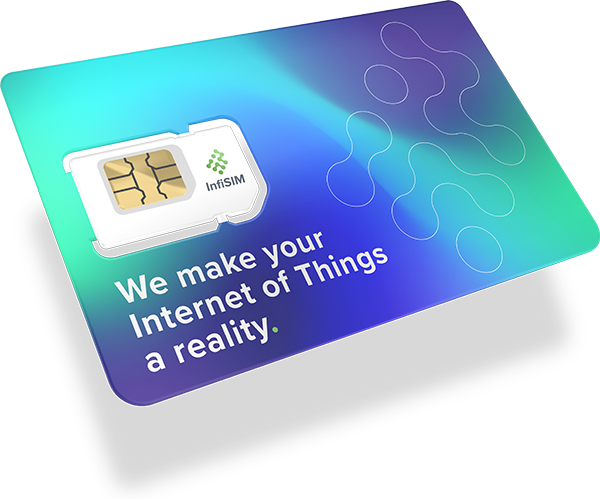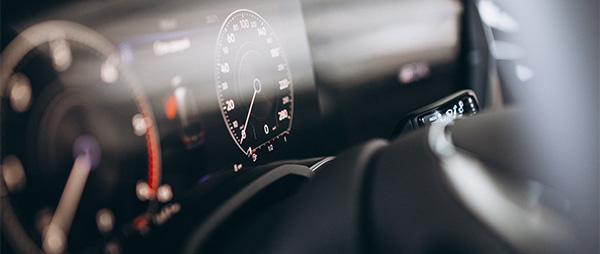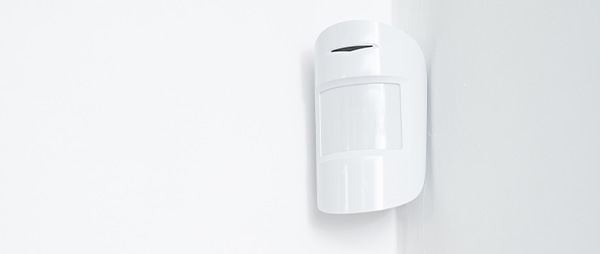IoT is reducing insurance premiums.
IoT for insurance industry
The power of IoT in the insurance sector
Insurance companies are harnessing IoT to learn more about their customers. For example, car insurance providers deploy black boxes to find out how safely their customers drive. This helps them determine who is at most risk of having an accident. Home insurance companies are also able to fit IoT sensors in homes to identify gas or water leaks. This allows them to notify homeowners before small issues become much bigger, and much more expensive issues to fix. This additional intelligence enables insurance businesses to offer better deals.
With 50 billion smart devices forecasted to be connected across the globe by 2025, access to real-time data is only going to grow. As a result, insurance companies will gain even deeper insights into their customers’ habits and lifestyles, enabling them to tailor insurance packages to meet each individual’s unique needs.
Understanding IoT in insurance
Connected devices embedded with sensors are being deployed in our homes, cars, and businesses, generating huge amounts of data. This data revolution has taken the insurance industry by storm, promising a complete overhaul of how we assess risk, personalise cover, and handle claims.
Imagine homes equipped with automated water shut-off valves that prevent water damage before a leak even happens. Or picture vehicles with real-time diagnostics, allowing insurers to offer car insurance based on the real-time safety of mechanical parts. IoT has the potential to transform insurance from being predominantly reactive to proactive when it comes to risk management and customer service. By harnessing the power of connected devices, the insurance industry is poised to enter a new era of data-driven innovation and personalised protection.
Applications of IoT in insurance
Risk assessment & underwriting
Traditionally, insurance companies relied on historical data and broad demographics to assess risk. IoT is disrupting the industry by feeding key data to insurers about their specific customers. A car insurance provider that is able to see your real-time driving performance is able to provide you with a much more accurate quote than one which bases their pricing on general demographical facts such as age and location. This granular, real-time data truly revolutionises how insurers evaluate risk.
Gone are the days of one-size-fits-all premiums. This has been superseded by personalised pricing that reflects individual behaviours. Underwriting becomes dynamic, incentivising risk mitigation, and ultimately creating a fairer, more sustainable system for insurers and policyholders. This data-driven approach benefits customers and empowers insurers to identify and manage risks more effectively, leading to a win-win for the entire industry.
Loss prevention & mitigation
IoT is disrupting insurance further with proactive protection. In the not-so-distant future, smart sensors in your home will provide alerts when a potential boiler issue or pipe leak is detected. Or your smart watch will alert you to a potential health issue that you can get checked out before it becomes cause for serious concern.
Farms are already benefitting from soil moisture sensors, optimising irrigation and preventing crop loss; a solution which could be recommended by insurance companies to reduce premiums. By anticipating and addressing potential hazards, IoT protects your assets, saves money, and brings peace of mind. Ushering in a new era of risk management is a win-win for insurers and policyholders alike as prevention will play a vital role in our insurance policies.
Enhanced customer engagement
In insurance, an industry notorious for poor customer experience, IoT could help customers feel more connected and protected. By delivering the same key data insurers use for assessing risk to their customers, IoT will not only help them understand why their premiums are what they are, but incentivise them to improve their scores and live safer or healthier lives.
Latest trends in IoT in insurance
The latest trends in IoT and insurance are shaping the industry in exciting new ways. Artificial Intelligence (AI) and Machine Learning (ML) are being used to analyse vast amounts of data from IoT devices. This helps insurers better understand risks and personalise insurance offerings for customers. There is also a rise in usage-based insurance models, where premiums are based on actual usage data collected from IoT devices, such as telematics in cars. These trends make insurance more efficient and accessible for everyone.
Adoption of AI & Machine Learning
The adoption of AI and ML alongside IoT is transforming insurance from a reactive industry into a proactive industry. It’s not just about collecting data; it’s about using data to create a safer, more personalised, and ultimately more helpful experience for everyone involved. This allows insurers to:
Expansion of usage-based insurance models
Usage-based insurance (UBI) models are gaining traction in the insurance industry, facilitated by IoT technology. These models involve pricing up premiums based on actual usage data collected from IoT devices. With the widespread adoption of connected devices, insurers can accurately assess risk and offer personalised premiums, rewarding safer behaviours. This expansion of UBI models reflects a shift towards more dynamic and customer-centric insurance offerings.
Conclusion
In recent years, IoT has revolutionised the insurance industry, offering innovative solutions for risk assessment, loss prevention, and customer engagement. The latest trends in IoT and insurance include the adoption of AI and machine learning, integrating with blockchain technology, and expanding usage-based insurance models. As insurers continue to leverage IoT technologies to enhance their offerings and streamline operations, the future of insurance looks increasingly connected and data-driven. Embracing these trends will be crucial for insurers looking to stay competitive and meet the evolving needs of their customers.
Why use InfiSIM for your IoT SIMs?
InfiSIM are one of the most reputable IoT SIM card providers with hundreds of thousands of SIMs deployed globally. We have UK-based support and fantastic reviews, so you can be sure that your business is in safe hands.




